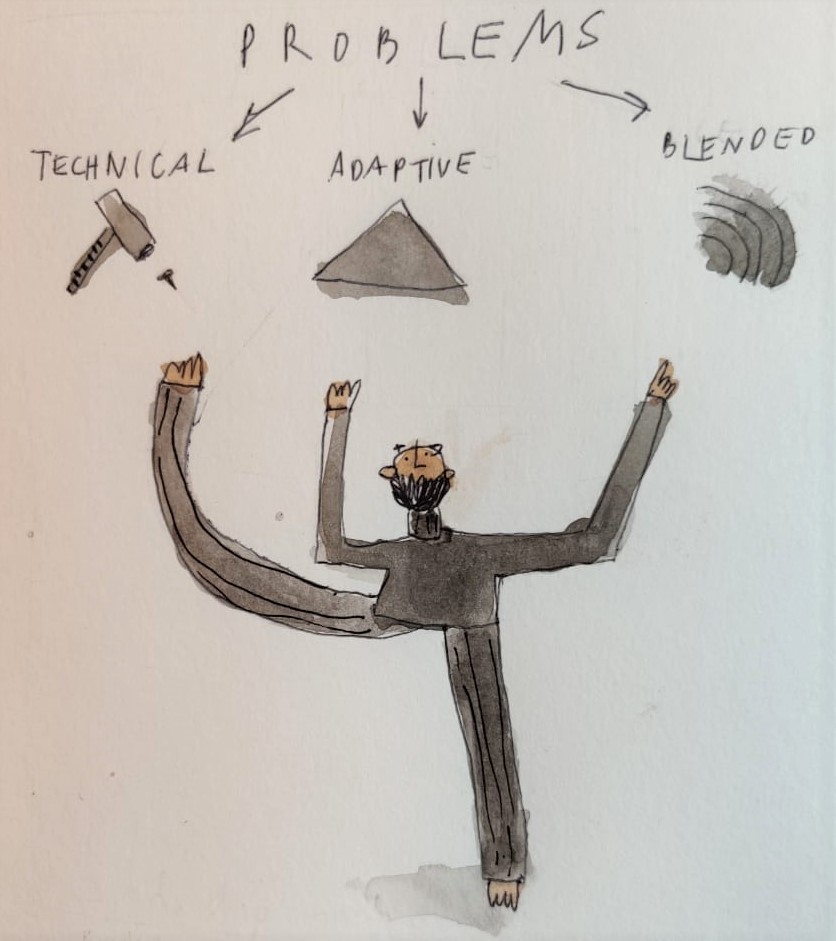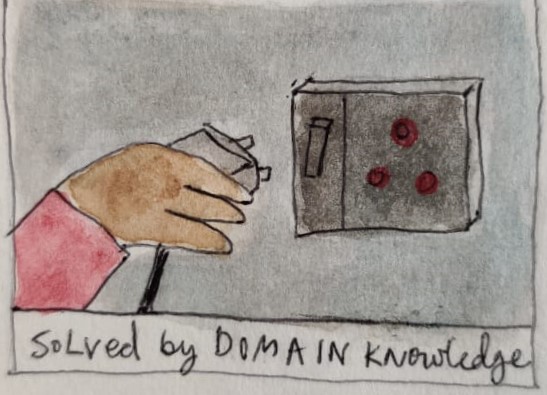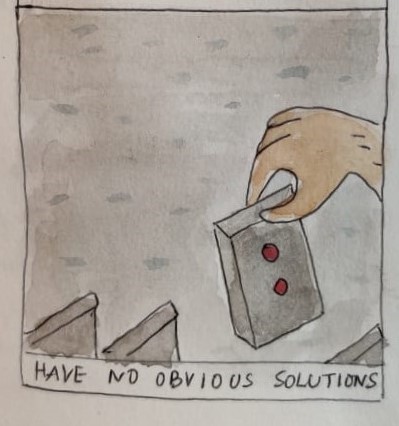DEFINING PROBLEMS

Most professionals face problems at the workplace. Whether it’s meeting a sales target or a glitch in a product. The key to success lies in solving problems effectively. But to solve problems, you have to first define them precisely.

Leadership expert Ronald Heifetz from Harvard Kennedy School categorizes problems into three types based on their nature: technical, adaptive, and blended.

What are TECHNICAL problems, you may ask? Simple.
These are the problems that can be easily identified and solved with domain knowledge.

For example: imagine a computer not working due to an electrical issue. This will be identified as a Technical Problem.

Then you have ADAPTIVE problems. These are more complicated and unpredictable. They are fluid and change with circumstances. They have no obvious solutions or experts to help find solutions.

To explain this, let’s take for example, an increase in high school drop-out rates due to the COVID-19 pandemic. This is a classic case of an Adaptive Problem.
Dealing with adaptive problems is more complicated. They require a complete shift in attitudes, habits, behavior, and roles that people often resist.

Solutions, therefore, need to have thoughtful strategies and discoveries, which means that it takes much longer to solve for adaptive problems.
To define a problem correctly, first, differentiate between adaptive and technical problems. Ask yourself to:

-
Carefully assess the type of problem
-
Invest time
-
Not assume
-
Probe and identify the real problem

Hope these tips come in handy the next time you define problems to solve them smoothly. To learn more, check out Harappa’s Defining Problems course.
Deepita Shukla is an associate in the Curriculum Team at Harappa Education. She studied Sociology and Liberal Arts and can be spotted with a journal that has her thoughts doodled, in no particular chronological order.
Browse our catalog of online courses that will help you develop new skills for your personal and professional growth.
 now, no signup required!
now, no signup required!




